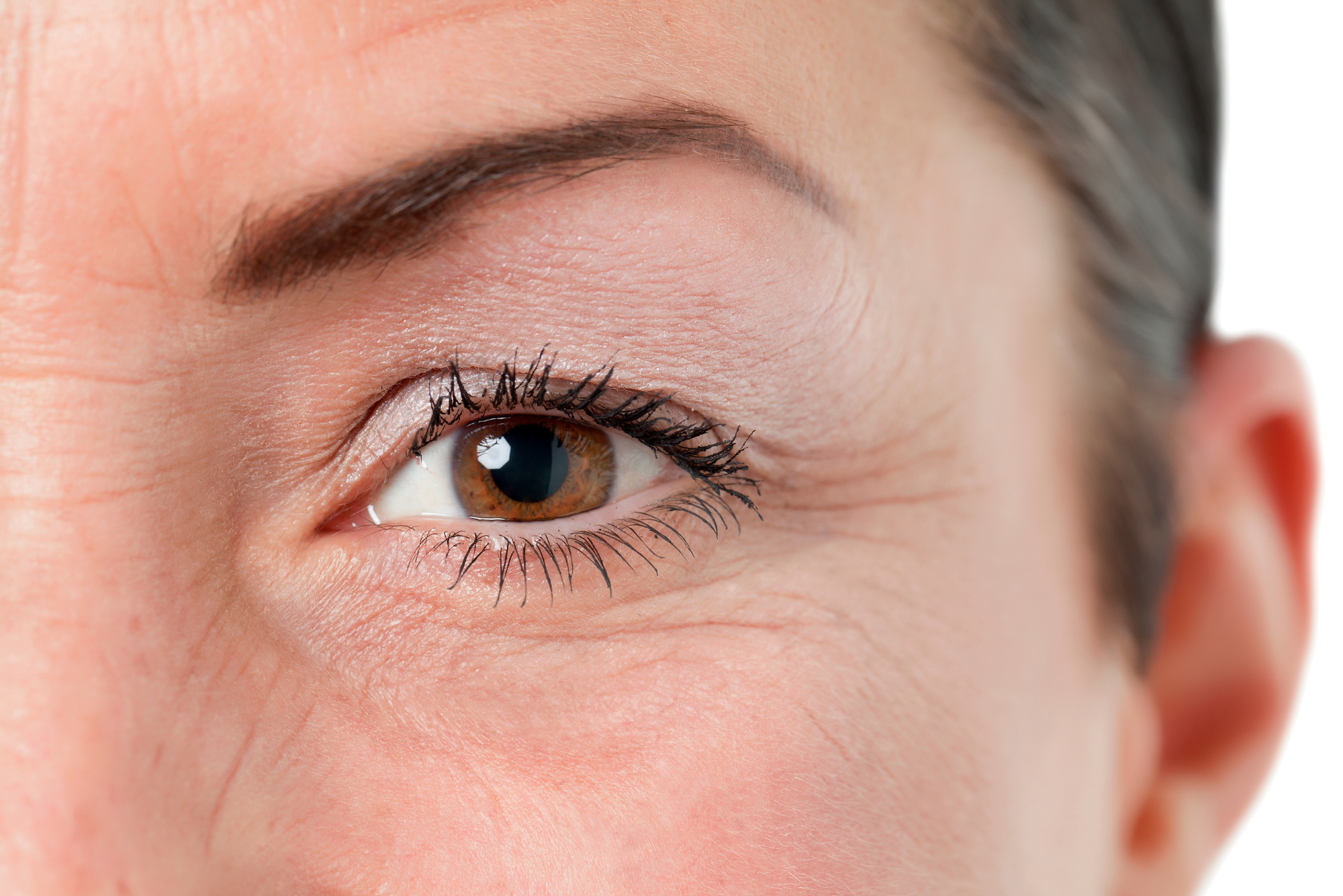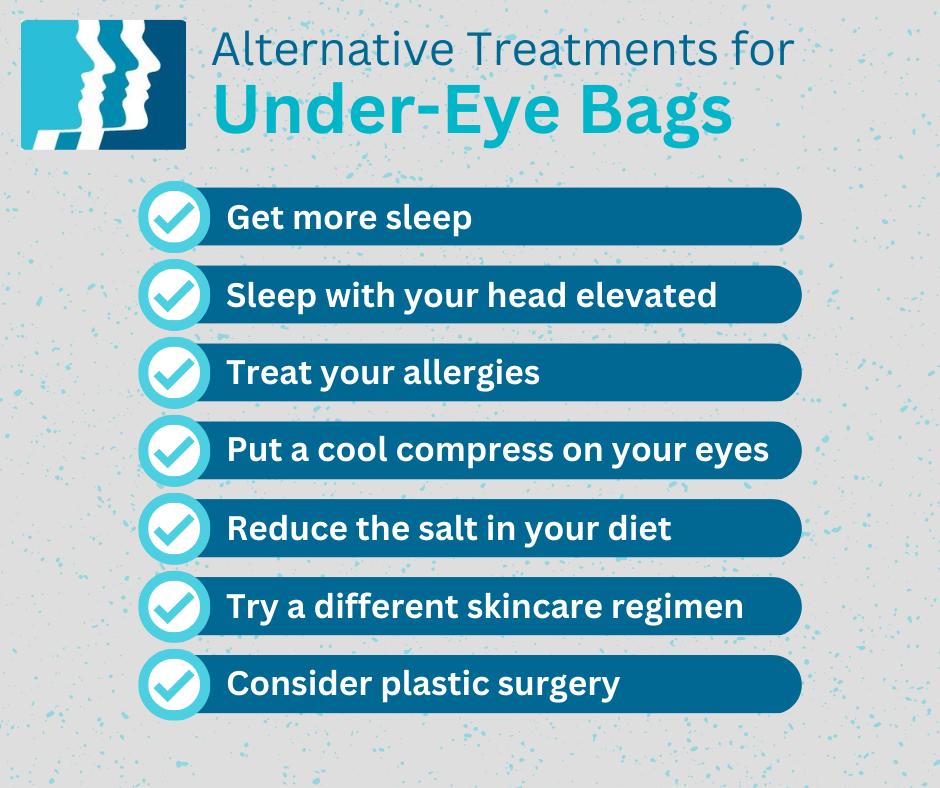Eye Bags, Wrinkles, and Botox Under the Eyes: What You Need to Know

If you have pronounced eye bags, you may have considered Botox as a potential treatment option. We hate to be the bearer of bad news, but unfortunately, Botox under the eyes won’t get rid of bags.
Because of the way Botox works, it can’t do anything about bags under your eyes — only fine lines and wrinkles.
But we promise, hope isn’t lost! Let’s take a closer look at what causes under-eye bags, why Botox doesn’t fix them, and alternative treatments you can try.
How Does Botox Under Your Eyes Work?
Botox is a paralytic agent that temporarily weakens and paralyzes muscles. It only affects the muscles where it’s injected, and it generally lasts for three to four months.
By preventing certain muscles from moving, Botox takes away the underlying cause of many lines and wrinkles. A consultation with an experienced Botox physician will help you determine whether this treatment is a good option to address your specific concern.
What Causes Bags Under the Eyes?
Bags under the eyes are have a very different cause than wrinkles. Typically, under-eye bags are caused by:
- Fluid accumulation: Fluid can build up beneath the eyes as a result of poor sleep, allergies, or the natural aging process, making the area look puffy and swollen.
- Allergic shiners: The swelling from persistent nasal allergies can cause blood to pool under the eyes, leading to the appearance of dark circles and, sometimes, puffiness.
- Slipping fat pads: As we age, the small fat pads around our eyes can slip downward due to gravity’s pull and loss of elasticity. They then settle below the eyes, creating noticeable bags.
Because Botox only works in one way — by paralyzing muscles — it can’t treat under-eye bags caused by these other factors.
Can I Get Botox Under My Eyes?
Yes, you can get Botox injections under your eyes. Just keep in mind that Botox cannot treat under-eye bags, only wrinkles. You’ll need a consultation with your physician to determine whether Botox is a good option in your individual case.

Alternative Treatments for Under-Eye Bags
Though under-eye bags don’t require medical treatment, you may not like how they look. Botox won’t help, but depending on the cause, several other methods may minimize the appearance of under-eye bags:
- Get more sleep: Being well-rested can reduce swelling around and under your eyes.
- Sleep with your head elevated: You don’t have to sleep sitting up, but keeping your head slightly elevated while sleeping can keep fluid from settling in your face overnight.
- Treat your allergies: Treating your allergies with antihistamines can diminish swelling around the eyes and other allergy symptoms.
- Put a cool compress on your eyes: A cold compress will lessen inflammation and puffiness by reducing blood flow under your eyes.
- Reduce the salt in your diet: Excess salt makes your body retain water, which can contribute to puffiness and bags under your eyes. Cutting back your salt intake can help eliminate some of that fluid.
- Try a different skincare regimen: Certain eye creams and ointments can tighten the skin around your eyes. A dermatologist can provide solid recommendations based on your skin type and sensitivities.
- Consider plastic surgery: If you’re really concerned about bags under your eyes and want a more permanent solution, plastic surgery is an option. During the procedure, a plastic surgeon reallocates the fat around your eyes and removes excess skin to eliminate bags for good.
Botox Under the Eyes: Final Thoughts
Because of its popularity, many people think Botox can fix any cosmetic issue. As much as we wish that were true, it isn’t.
Due to the way Botox works, it can help with some cosmetic issues — primarily reducing the appearance of wrinkles — but it doesn’t work on concerns like bulges, hollows, or bags under the eyes. That doesn’t mean other treatments aren’t available for these issues. It just means trying Botox for them would be a disappointing investment.
Dr. Cuthbertson is a physician at Ear Nose & Throat Associates of Lubbock. He joined the team at ENT Lubbock from Houston, where he was chief resident of the prestigious Bobby R. Alford Department of Otolaryngology at Baylor College of Medicine. He is board certified in Otolaryngology and Head & Neck Surgery and has quickly built a reputation, not only as an extremely skilled surgeon, but as an approachable and compassionate clinician adept in the newest standards and technologies. Learn more about Dr. Cuthbertson.
Categories:








